Increased Focus on Sustainability
Sustainability is emerging as a pivotal concern within the Weather Simulation Chamber Market. As companies strive to reduce their environmental footprint, there is a growing emphasis on developing energy-efficient weather simulation chambers. These innovations not only minimize energy consumption but also align with global sustainability goals. Market data indicates that manufacturers are increasingly investing in eco-friendly technologies, which could lead to a reduction in operational costs and an enhanced market position. Furthermore, the integration of renewable energy sources into weather simulation chambers is gaining traction, potentially transforming the industry landscape. This focus on sustainability is likely to attract environmentally conscious consumers and businesses, thereby driving growth in the Weather Simulation Chamber Market. As sustainability becomes a core value for many organizations, the demand for innovative, eco-friendly simulation solutions is expected to rise.
Rising Demand for Product Testing
The demand for rigorous product testing is a key driver in the Weather Simulation Chamber Market. As industries such as automotive, aerospace, and electronics expand, the need for reliable testing environments becomes paramount. Companies are increasingly recognizing that products must withstand a variety of environmental conditions to ensure safety and performance. This has led to a heightened focus on weather simulation chambers, which can replicate extreme temperatures, humidity levels, and other environmental factors. Market data indicates that the automotive sector alone is expected to invest heavily in weather simulation technologies, with projections suggesting a market value increase of over 20% in the next few years. This trend underscores the critical role that weather simulation chambers play in the development and testing of new products, thereby driving growth in the Weather Simulation Chamber Market.
Regulatory Compliance and Standards
Regulatory compliance is becoming increasingly stringent across various industries, significantly impacting the Weather Simulation Chamber Market. Organizations are required to adhere to specific testing standards to ensure product safety and efficacy. This has led to a growing reliance on weather simulation chambers, which provide controlled environments for testing under various conditions. For instance, the aerospace industry must comply with rigorous testing protocols to meet safety regulations, thereby driving demand for advanced weather simulation technologies. Market analysis suggests that the need for compliance with international standards is likely to propel the Weather Simulation Chamber Market forward, as companies invest in state-of-the-art chambers to meet these requirements. The emphasis on compliance not only enhances product quality but also fosters consumer trust, further solidifying the market's growth trajectory.
Diverse Applications Across Industries
The versatility of weather simulation chambers is a significant driver in the Weather Simulation Chamber Market. These chambers are utilized across a wide range of sectors, including automotive, aerospace, electronics, and pharmaceuticals. Each industry has unique testing requirements, which weather simulation chambers can effectively address. For example, the automotive sector uses these chambers to test vehicle components under extreme conditions, while the electronics industry relies on them to ensure product durability. Market Research Future indicates that the pharmaceutical industry is also increasingly adopting weather simulation technologies to test drug stability under varying environmental conditions. This diverse applicability not only broadens the market's customer base but also fosters innovation as manufacturers develop specialized chambers tailored to specific industry needs. As the demand for customized testing solutions grows, the Weather Simulation Chamber Market is poised for continued expansion.
Technological Advancements in Weather Simulation Chamber Market
The Weather Simulation Chamber Market is experiencing a surge in technological advancements that enhance the capabilities of these chambers. Innovations such as improved temperature control systems, advanced humidity regulation, and real-time data analytics are becoming increasingly prevalent. These advancements allow for more precise simulations, which are crucial for industries such as automotive, aerospace, and electronics. According to recent data, the market for weather simulation chambers is projected to grow at a compound annual growth rate of approximately 6.5% over the next five years. This growth is largely driven by the need for rigorous testing environments that can replicate extreme weather conditions, thereby ensuring product reliability and performance. As technology continues to evolve, the Weather Simulation Chamber Market is likely to see further enhancements that could redefine testing standards.

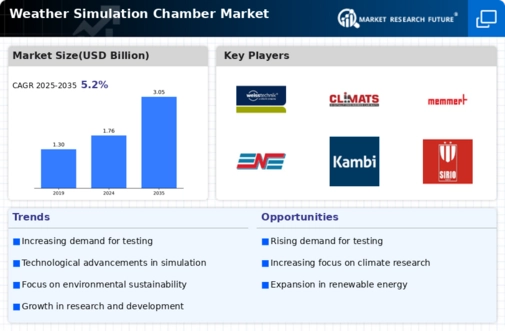
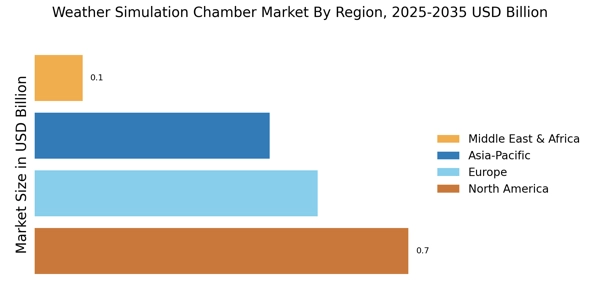
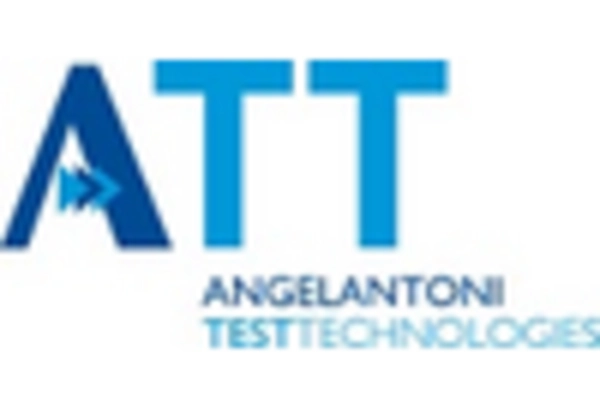
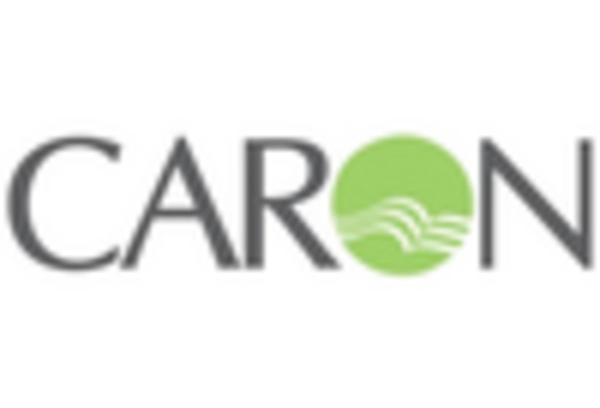
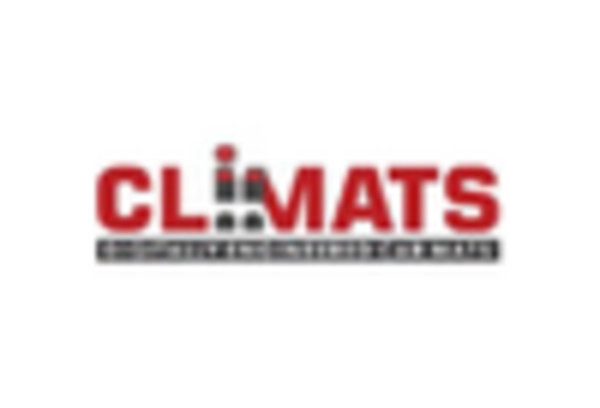
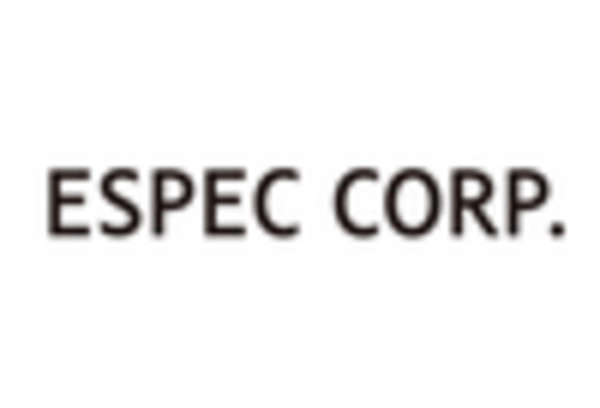
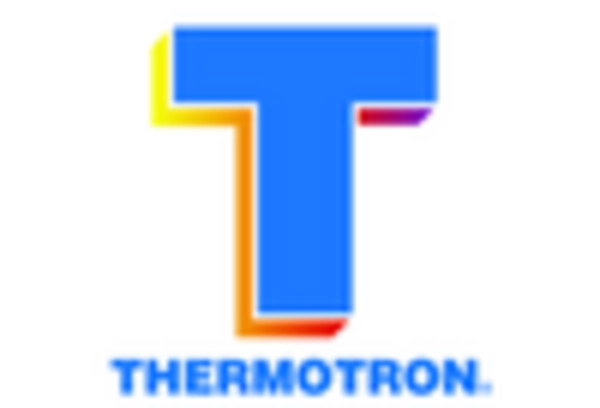
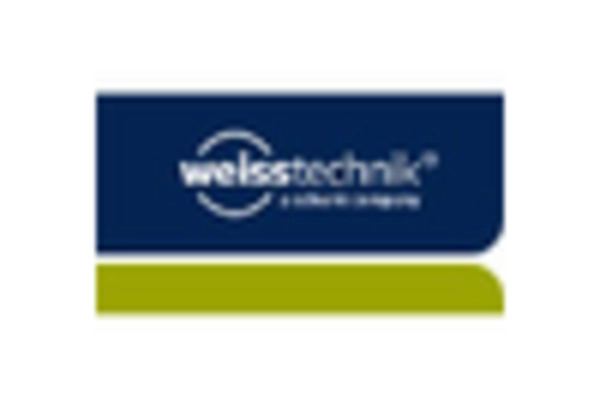








Leave a Comment